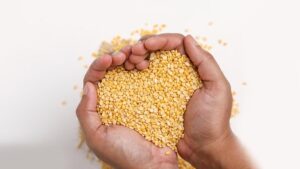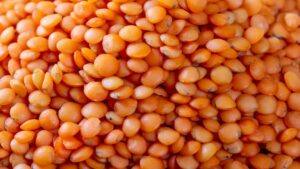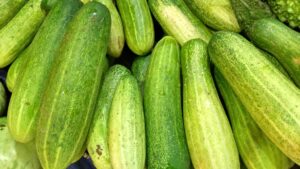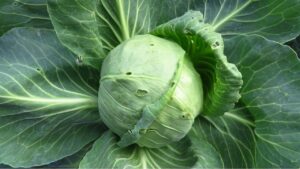Taro sounds like Hebrew, isn’t it? But if I say Arbi or Kachu, you will jump in joy. Yes, it is our very familiar vegetable that goes into making some amazing curies and fries.
Kachu is loaded with health benefits. So, it scores high both on taste and nutrition. In this write-up, I will share a few incredibly tasty Taro recipes.
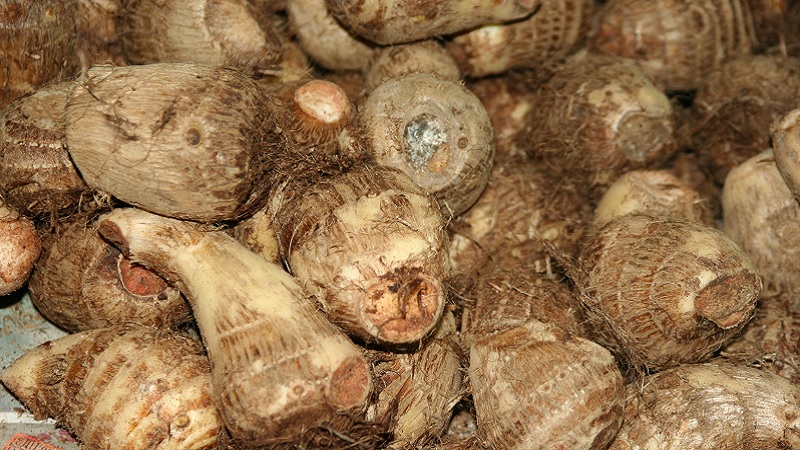
Uses of Taro in Bengali & Indian Cooking
In Bengal, Taro is mainly used to make curries. It is used alone or with other vegetables to whip up mildly spicy curries flavoured with only a few familiar spices.
Moong dal diye kachu is a flavoured delicacy in Bengal. Potatoes, carrots, cabbage leaves and Taro are cut into small pieces and cooked in mustard oil. Turmeric powder, coriander powder and cumin powder – only these three basic spices are added to the gravy.
Sometimes, curry powder is added to flavour up the recipe. It works well with boiled rice or just-out-of-the-pan roti.
Taro fries is a popular Goan recipe. The recipe is prepared almost daily and served as an accompaniment with rice and lentils. In Konkan, Taro is called kale alvaa or maddie.
Taro is shallow fried with turmeric powder, red chilli powder, garam masala powder, fine semolina, rice flour, salt and thick kokum juice.
Chembu thal curry is a popular recipe from Kerala. It is a traditional recipe in ‘God’s Own Country’. This dish is almost like bitter gourd curry (pavakka theeyal in Kerala). The savoury recipe tastes best with kappa (boiled yuca) though it also works well with steamed rice.
Colocasia esculenta can be cooked in either North Indian or South Indian style. This delicacy is cooked in refined oil (olive oil is also a good option). It works well with boiled rice, plain paratha or chapati.
Ajwani masala arbi or dum ki arbi curry is a popular dish in Uttar Pradesh. The spicy, savoury dish is best to relish with chapatis or parathas.
Perfectly boiled Taro soaks in flavour of Aromatic hing powder (asafoetida), turmeric powder, red chilli powder, garam masala powder and mango powder.
Ginger and ajwain (carom seeds) lend sharpness and lemon juice adds to savoury taste. Coriander leaves are used for decoration.
Questions & Answers:
How Does Taro Taste?
Taro offers a mildly sweet taste.
How Should You Peel Taro?
Taro could give you itchy skin. Therefore, you should take care while peeling this root vegetable. After peeling, soak them in water.
What Can We Eat with Taro?
Taro recipes can be eaten with rice, roti or parathas.
Can You Eat Taro Raw?
You must not try eating Taro raw. If eaten raw, oxalates in Taro will give you a burning or stinging sensation in the mouth.
What is Taro Called in Different Languages?
It is called kochu in Bengali, arbi in Hindi and kale alvaa or maddi in Konkani.

